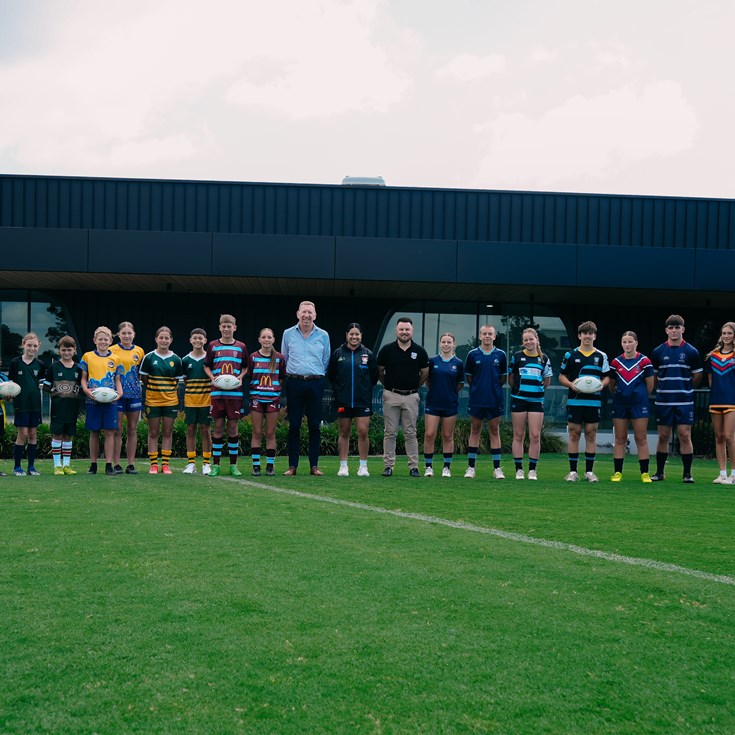
The nib Newcastle Knights will honour Newcastle’s World War II history, including the shelling of Newcastle by the Japanese in 1942, through its 2023 Anzac Round Jersey, which is being released today.
Developed in collaboration with local historical organisations including the University of Newcastle’s Hunter Living Histories and the Newcastle Industrial Heritage Association, off the back of the ‘Fortress Newcastle’ exhibition conducted in 2022, the jersey features iconic images relevant to Newcastle’s involvement in World War II. Shop now.
In 1941-43, Newcastle was the most fortified place in Australia due to the city’s importance to the war effort and the production of the material required to protect Australia.
Particularly important to this effort were the Newcastle Steelworks, the Hunter Valley coal industry, and military instalments from Catherine Hill Bay and Lake Macquarie in the south, Port Stephens in the north, and Greta in the west.
This period was particularly noteworthy for the shelling of the Port of Newcastle by Japanese midget submarine I-21 in the early hours of 8 June 1942, which fired a total of 34 shells at Newcastle during the attack.
The Anzac Round jersey features images of the famous RAAF Catalina flying boat, which were based at Rathmines on Lake Macquarie and played a critical role in defending Australian waters, including the Port of Newcastle.
In 1942, a Japanese task force bound for Port Moresby was located and followed by Catalina aircraft. Reports transmitted from the aircraft allowed American and Australian navies to intercept the Japanese force, resulting in the Battle of the Coral Sea.
Flying boats from Rathmines were a part of this battle, which ended with the Japanese withdrawing from Australian waters, ending the immediate threat of Japanese invasion.
Beneath the Catalina, an image of an Australian naval warship pictured off Nobby’s Beach protecting Newcastle Harbour from Japanese attack.
The front of the jersey also features an image of Australian Women’s Army Service recruits manning the guns at Fort Scratchley, and is completed with the iconic Stockton Tank Traps at the base of the jersey, a symbol of the Hunter’s war history that is still present today.
The back of the jersey features Australian Army soldiers marching along Hunter Street during WWII, and the Fortress Newcastle exhibition logo.
The local relevance of this specific design allows the Club to respectfully recognise the sacrifices and contributions of our combined Forces and importantly, the Hunter community, during the Second World War.




